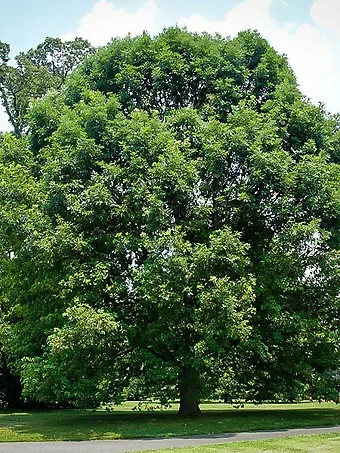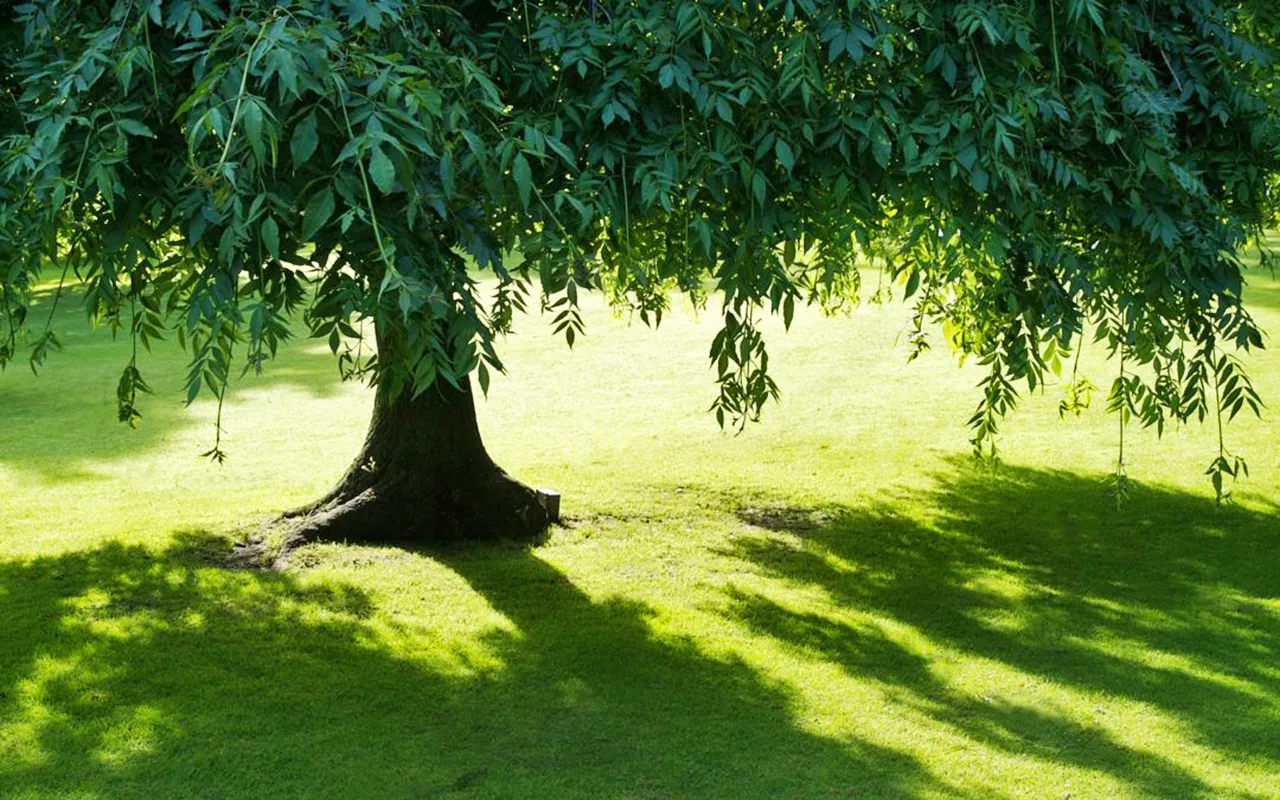
Written by thetreecenters • February 24 Trees to Grow in Shady Places
“What are some suitable trees for the shady parts of my garden?” is probably the most common question asked us here at the Tree Center. Almost every garden has some shady spots and some gardens can be mostly shady, especially if there are a lot of tall trees on the property. So knowing what will or will not grow in shade is essential knowledge when choosing which trees to put in your garden. It is sadly very common to see unhealthy trees growing in the wrong places, when the right choice would have produced a lush, thriving landscape.
Although there are lots of plants that will grow well in shady spots, some of course will not. So don’t even try to grow Crape Myrtle in the shade, they really do need as much sun as possible, so put them in the hottest, sunniest spot you have and they will reward you with a spectacular display of color.
When Is Your Garden Shady?
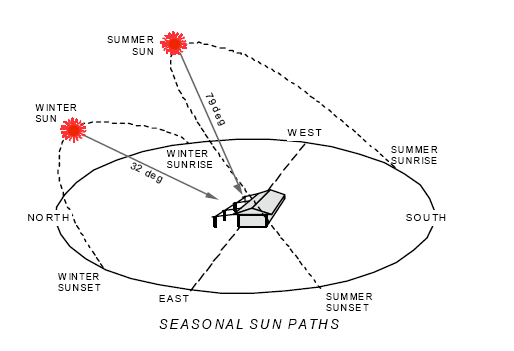
Best Trees For Shady Places
Types of Shade
The first mistake you might make is to think that all shade is created equal. There are several kinds of shade and the first step is to figure out what kind you are dealing with.
Building Shade
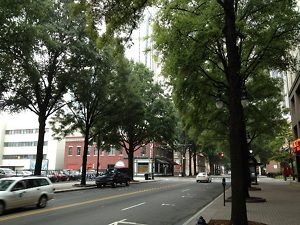
Tree Shade
More complicated is what happens when you have the shade of trees. 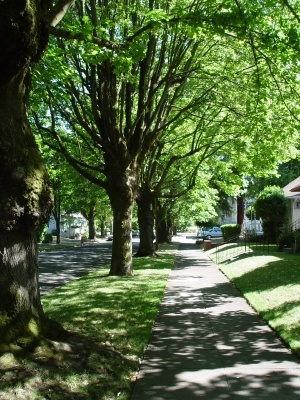
The simplest thing to do is simply look up. Can you see unrestricted sky? Then many plants we sell here at the Tree Center that are described as tolerating some shade will do well. However if you see the branches of trees directly over your head you need to be a little more selective and luckily Mother Nature has evolved some plants to grow beneath these larger deciduous trees, to give you a helping hand in choosing plants for a great garden in a shady area. The Dogwood Tree is a good example of such a tree and it is well adapted to grow beneath larger deciduous trees. These are great choices because they have such spectacular pink or white flowers in spring and put on a terrific show in your garden.
Woodland Gardens
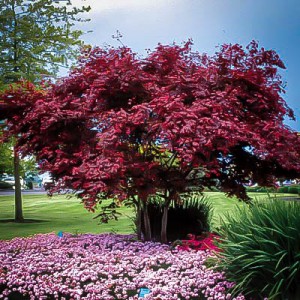
If you have dense woodland you want to turn into a garden of this sort, some reduction in the amount of shade can be worthwhile. Remove damaged or sickly trees and ones that are crowding around better specimens. Consider having an arborist thin-out the crown of the best specimens. An arborist can also advise you on which trees to keep and which to remove. Now, as well as having a more attractive wooded area, more light will penetrate and encourage your newly planted shrubs and trees to grow well. Tree roots can also restrict the growth of your new plants, so some thorough digging of the ground and bringing in some new topsoil to get your plants off to a good start is worthwhile too.
Some people worry a lot about removing tree-roots, thinking it will damage the trees, but mature trees have many roots and removing a few at the surface is not going to do any harm at all. Just make clean cuts with a saw or pruners that will heal quickly and don’t leave torn ends. Of course the roots will grow back in a few years, but by then your new plants will be established.
Summer dryness can also be a handicap in wooded areas. Consider some kind of irrigation, even if only a sprinkler for a few hours each week, and use mulches that will feed your plants as well as conserve moisture. Rich compost and manure is much better than bark chips or stones, because it feeds your plants as it rots down. When you collect the leaves in fall, shred them and put them back on the beds instead of getting rid of them – your plants will thank you for it.
Choosing Privacy Trees for Shady Spots
Sometimes you are looking for Privacy Trees to make a screen, but the area is underneath tall trees and quite shady. So what can you use? Thuja Trees will be happy with just half a day of sunshine, so they could be a good choice. Canadian Hemlock makes great Privacy Trees, forming a graceful screen even in all-day shade. Black Bamboo and other Bamboo trees are other excellent Privacy Trees for full shade, which is especially suitable for modern gardens, with its distinctive ‘Oriental’ look. To get the best growth out of Privacy Trees planted in shade, be sure to water regularly – once a week at least during the first season and then whenever the soil is starting to dry. Fertilizer in the spring will also really improve the growth-rate.
